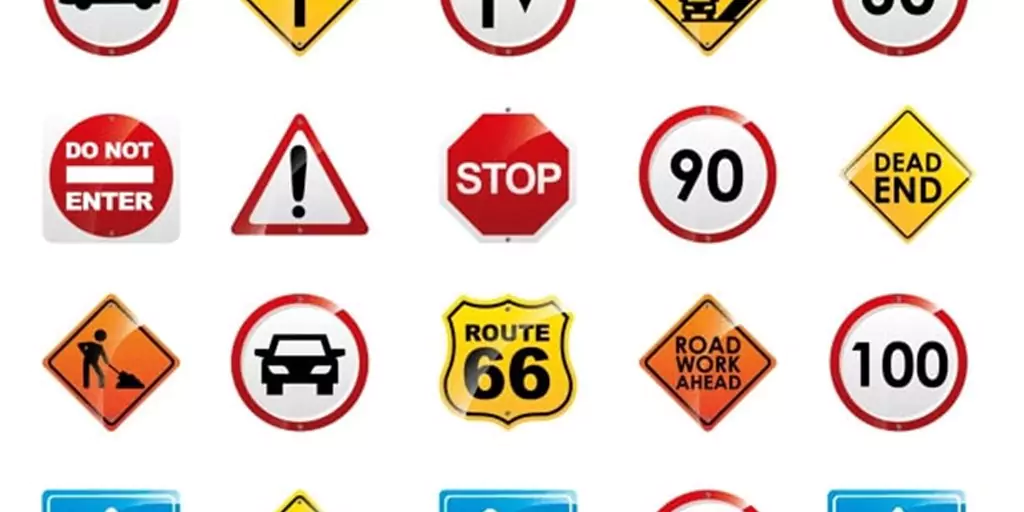
5 Different Types of Safety Signs
Safety signs are extremely crucial, especially in complex environments such as hospitals, schools, airports, shopping malls, etc. They are an important component of interior signage. The primary purpose of all safety signs is to keep visitors safe and make them aware of the potential dangers and hazards ahead in certain environments and situations.
At BlinkSigns, we provide directional and wayfinding signage solutions to clients across various industries. In this article, we are going to describe 5 different types of safety signs, their meanings, and their purpose.
Types of Safety Signs
-
Prohibition Signs
Prohibition signs are used to convey to the visitor if they are not allowed to do something or perform a certain act. They can be used for compliance, for example, “No Smoking” or “No Photography”. They can also be used to make visitors stop and prohibit their entry beyond a certain point. These signs usually have a red circle with a diagonal red bar stretching from top left to bottom right at 45 degrees.
-
Warning Signs
The primary purpose of any warning sign is to alert visitors of any potential dangers. They are not used to tell visitors if something is allowed or not. They are used to alert you of a potential threat so that you are prepared for anything that follows. They are also mandatory in certain cases for example, if someone can be exposed to dangerous chemicals. These are mostly triangular, with a yellow backdrop and black border.
-
Mandatory Signs
Mandatory signs are installed in order to prompt visitors to take a certain action. They can be considered the polar opposite of prohibition signs, but the purpose is mostly the same – safety and compliance. For example, at the entrance points of a building under construction, there must be adequate signage telling visitors to wear hard hats. They are mostly circular in shape, with a blue background and the symbol is displayed in white. The circle is frequently surrounded by a white border.
-
Safe Condition Signs:
Safe condition signs are typically used to indicate safe conditions. Since the colour green has long been associated with safety, these signs are rectangular with green in the background and have a white border around the corners. These signs are typically used to indicate escape routes, emergency exits, emergency showers, first aid kits, and more.
-
Fire Equipment Signs:
As the name indicates, fire equipment shows where the equipment is placed. As red has long been associated with fire, these signs are rectangular or square with a white pictogram on the red background. Fire equipment signs often have a white border.